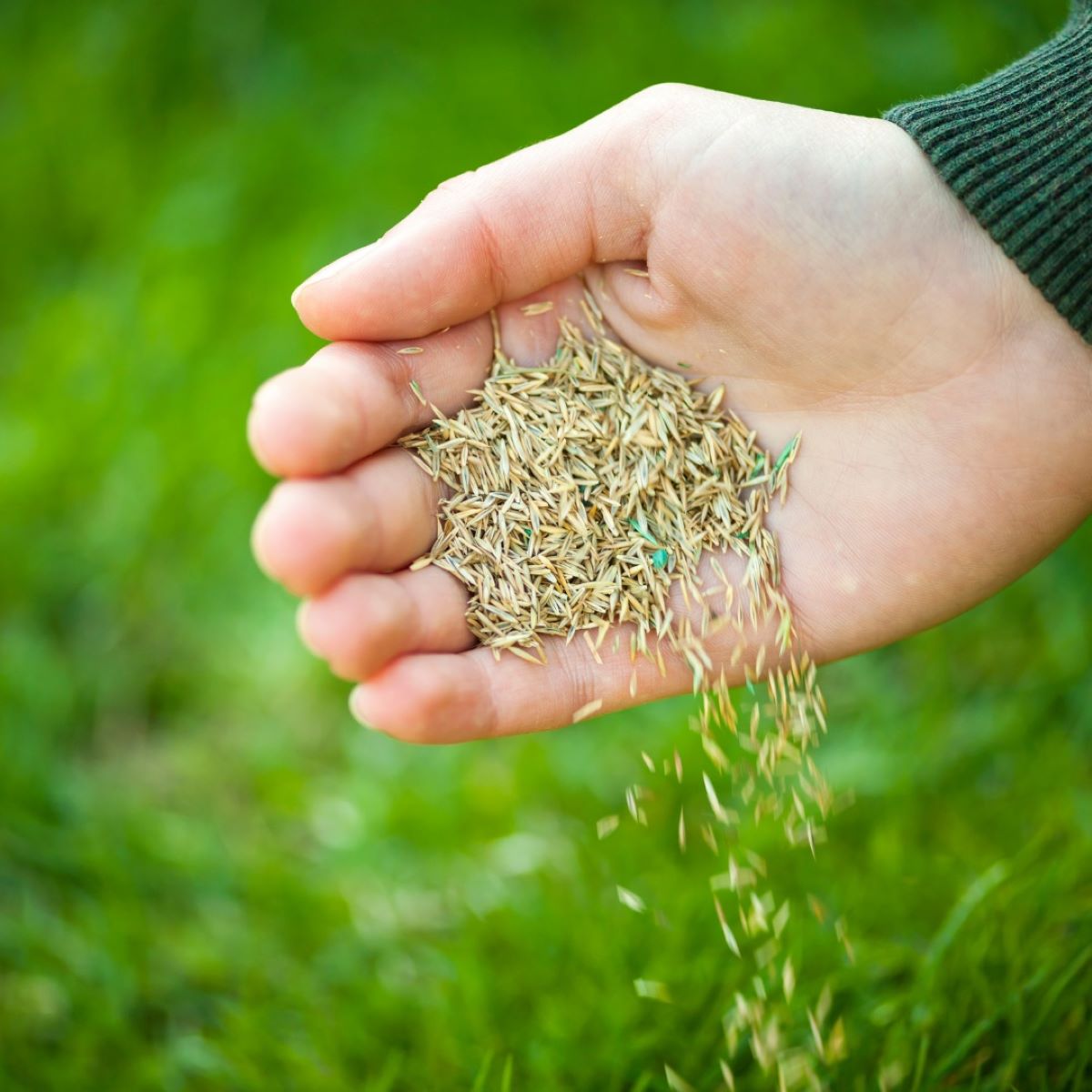

Articles
How To Store Grass Seed Over Winter
Modified: February 26, 2024
Discover the best strategies for storing grass seed over winter in this informative article. Keep your seeds fresh and ready for spring planting with these helpful tips.
(Many of the links in this article redirect to a specific reviewed product. Your purchase of these products through affiliate links helps to generate commission for Storables.com, at no extra cost. Learn more)
Introduction
Welcome to this comprehensive guide on how to store grass seed over winter. If you are a proud homeowner with a lush green lawn, you know how important it is to have high-quality grass seed on hand. However, storing grass seed properly is crucial to maintain its viability and ensure successful germination in the following spring.
As the temperatures drop and winter approaches, it becomes necessary to take appropriate measures to preserve the quality of your grass seed. Freezing temperatures, moisture, and pests can all have a detrimental effect on the seed’s viability, rendering it useless when the warmer months arrive.
In this article, we will explore the reasons why storing grass seed over winter is necessary and the factors you need to consider before doing so. We will then delve into the step-by-step process of storing grass seed, from choosing the right storage container to protecting it from pests and moisture. Additionally, we will provide valuable tips to help you successfully store your grass seed and ensure optimal germination when spring arrives.
By following the guidelines outlined in this article, you can ensure that your grass seed remains viable and ready to sprout into a beautiful, healthy lawn when the weather starts to warm up again. So, let’s get started and learn how to store grass seed over winter!
Key Takeaways:
- Properly storing grass seed over winter is crucial to maintain its viability and ensure successful germination in the spring. From choosing the right storage container to protecting the seed from pests and moisture, each step plays a vital role in preserving its viability.
- By following best practices and tips for successful grass seed storage, you can be confident that your grass seed will be in optimal condition and ready for efficient germination when spring arrives. Your efforts in proper storage will be rewarded with a lush, vibrant lawn that thrives throughout the growing season.
Read more: How High To Leave Grass Over Winter
Why Store Grass Seed Over Winter
Storing grass seed over winter is essential for several reasons. The cold temperatures, moisture, and pests that often accompany the winter months can negatively impact the seed’s viability. By taking the time to store your grass seed properly, you can ensure that it remains in optimal condition and ready for successful germination come springtime.
One of the primary reasons to store grass seed over winter is to protect it from freezing temperatures. Grass seed is susceptible to damage when exposed to extreme cold. The freezing and thawing cycles can cause the seed to expand and contract, potentially cracking the seed coat and compromising its ability to germinate. By storing the seed in a controlled environment, you can shield it from the harsh winter weather and maintain its viability.
Moisture is another factor that can jeopardize the quality of grass seed. Excessive moisture can lead to mold or fungal growth, which can harm the seed and hinder germination. By storing the seed in a dry, controlled environment, you can prevent moisture from accumulating and safeguard the integrity of the seed.
Pests are also a significant concern when it comes to storing grass seed. Insects, rodents, and birds can be attracted to the seed if it is left exposed or stored improperly. These pests can feed on the seed or damage it, rendering it useless for planting. Storing the seed in a secure container or area helps to deter pests and ensures that your seed is protected.
Another important reason to store grass seed over winter is to have a fresh supply on hand for springtime. Some homeowners prefer to overseed their lawns in the spring to fill in bare patches or improve their lawn’s density. By storing grass seed over winter, you can ensure that you have a viable and readily available supply when the time comes to plant.
Overall, storing grass seed over winter is crucial to maintain its viability and ensure successful germination. By protecting the seed from freezing temperatures, excessive moisture, and pests, you can be confident that your grass seed will be in optimal condition when you are ready to sow it in the springtime.
Factors to Consider Before Storing Grass Seed
Before you embark on the process of storing your grass seed over winter, there are several factors to consider. These considerations will help ensure that you store the seed properly and maximize its viability for successful germination in the spring.
1. Quality of the Grass Seed: It is important to start with high-quality grass seed. Check the seed packaging for information on germination rates and any specific storage recommendations provided by the manufacturer. Using fresh, premium-quality seed will increase the chances of successful storage and germination.
2. Seed Variety: Different grass varieties have different storage needs. Some types of grass seed may be more temperature-sensitive or require specific storage conditions. Familiarize yourself with the specific requirements of the grass seed variety you plan to store.
3. Harvest Time: If you harvested the grass seed yourself, it is crucial to ensure that it is fully mature and dry before storing it. Properly dried seed will have a lower moisture content, reducing the risk of mold or fungal growth during storage.
4. Storage Container: Choosing the right storage container is essential. Opt for airtight containers that are durable, moisture-resistant, and pest-proof. A plastic container with a tight-fitting lid or a sealable bag designed for long-term seed storage are ideal options.
5. Storage Location: The location where you store your grass seed is crucial. It should be a cool, dry place with a consistent temperature. Avoid areas exposed to direct sunlight or extreme fluctuations in temperature. The ideal temperature for grass seed storage is around 40°F (4°C).
6. Length of Storage: Consider how long the grass seed will be stored. If you expect to use it within a few months, basic storage precautions may be sufficient. However, if you plan to store the seed for an extended period, additional measures, such as using desiccant packets to control moisture, may be necessary.
7. Pest Prevention: Take precautions to protect the grass seed from pests. Ensure that the storage container is tightly sealed and inspect it periodically for signs of pests. Using an insecticide or natural repellent can help deter pests from infesting the seed.
By considering these factors before storing your grass seed, you can ensure that the seed is in optimal condition and protected from potential risks during the winter months. Taking these steps will significantly increase the chances of successful germination and a healthy, vibrant lawn in the upcoming spring season.
Steps to Store Grass Seed Over Winter
Properly storing grass seed over winter is crucial to maintain its viability and ensure successful germination in the spring. Follow these steps to ensure that your grass seed remains in optimal condition during the winter months:
- Choose the Right Storage Container: Select a durable, airtight container for storing your grass seed. A plastic container with a tight-fitting lid or a sealable bag designed for long-term seed storage works best. Make sure the container is clean and dry before adding the seed.
- Prepare the Grass Seed for Storage: Remove any debris or impurities from the grass seed. These can include weed or other plant seeds, as well as small stones or twigs. Clean the grass seed by passing it through a seed cleaner or manually picking out any unwanted materials.
- Label the Container: Clearly label the container with the type of grass seed, the date of storage, and any other relevant information. This will help you keep track of the seed’s freshness and ensure that you use the oldest seed first.
- Store in a Cool, Dry Place: Find a suitable location for storing the container of grass seed. Aim for a cool and dry place with a consistent temperature, ideally around 40°F (4°C). Avoid areas exposed to direct sunlight or extreme temperature fluctuations, as these can harm the seed’s viability.
- Protect the Seed from Pests and Moisture: Ensure that the storage container is tightly sealed to protect the grass seed from pests and moisture. Consider using desiccant packets or moisture-absorbing materials to control humidity levels and prevent mold or fungal growth. Additionally, place the container on a raised surface to avoid potential moisture seepage from the ground.
- Monitor the Stored Grass Seed Periodically: Regularly check the stored grass seed for any signs of pests, moisture, or damage. Inspect the container and its surroundings for any pest activity. If necessary, consider using natural pest repellents or insecticides to keep pests away from the seed.
By following these steps, you can ensure that your grass seed remains viable and ready for successful germination when the spring season arrives. Properly stored seed will give your lawn a head start and help you achieve a healthy, lush lawn as the weather warms up. Remember to take the necessary precautions to protect the seed from pests and moisture, and monitor the storage periodically to ensure optimal conditions for the seed’s preservation.
Choosing the Right Storage Container
Choosing the right storage container is crucial when it comes to storing grass seed over winter. The container you select should provide a protective environment that keeps the seed safe from pests, moisture, and other elements that could compromise its viability. Here are some factors to consider when choosing the ideal storage container for your grass seed:
Durability: Opt for a storage container that is durable and can withstand the rigors of long-term storage. Look for containers made of sturdy materials such as plastic or metal. These materials are less likely to crack or break, ensuring that your grass seed remains protected.
Airtight Seal: The container should have a tight-fitting lid or closure mechanism that creates an airtight seal. This prevents moisture from entering the container and safeguards the seed from mold or fungal growth. An airtight seal also helps deter pests from accessing the seed.
Moisture-Resistant: Ensure that the storage container is moisture-resistant. Select a container made of materials that do not absorb or retain moisture. This will help maintain a dry environment inside the container and prevent the seed from becoming damp or susceptible to mold.
Size and Capacity: Consider the size and capacity of the storage container. Choose a container that can accommodate the amount of grass seed you have without leaving excess empty space. A container that is too large may allow for more air circulation, increasing the risk of moisture buildup. However, the container should also have enough space to allow for easy handling and retrieval of the seed.
Pest-Proof: Look for a storage container that is pest-proof. This means that it should be able to prevent insects, rodents, and birds from accessing the seed. Check for any gaps or openings in the container that pests could use to gain entry. Also, consider using additional measures such as placing the container in a larger, sealed bin or using pest repellents to further deter pests.
Transparency: Opt for a container that allows you to see its contents without opening it. Transparent containers make it easy to identify the grass seed variety and determine the quantity remaining without disturbing the seed. If you choose a container that is not transparent, ensure that it is well-labeled with relevant information.
By considering these factors, you can choose a storage container that provides the best protection for your grass seed. Remember, the goal is to create an environment that keeps the seed dry, secure, and free from pests. With the right container, you can store your grass seed with peace of mind, knowing that it will remain in optimal condition for germination in the spring.
Read more: How To Store Cannas Over Winter
Preparing the Grass Seed for Storage
Before you store your grass seed over winter, it’s important to properly prepare it to ensure its longevity and viability. Taking the time to prepare the seed before storage will help protect it from potential damage and maintain its quality. Here are some key steps to prepare your grass seed for storage:
- Clean the Seed: Before storing the grass seed, it’s important to remove any debris, weed seeds, or other impurities. These unwanted materials can hinder the growth of your grass and reduce the overall quality of the stored seed. You can clean the seed by passing it through a seed cleaner or by manually picking out any impurities.
- Dry the Seed: Properly drying the grass seed is crucial to prevent mold or fungal growth during storage. Ensure that the seed is fully mature and dry before storing it. Spread the seed out in a thin layer on a clean, dry surface and allow it to air dry for a few days. Make sure the seed is completely dry before transferring it to the storage container.
- Remove Excess Moisture: Even after air drying, there may still be some residual moisture in the grass seed. To reduce the risk of mold or fungal growth, you can use a desiccant packet or moisture-absorbing material in the storage container. Place the packet or material in the container with the seed to help absorb any excess moisture.
- Label and Date the Container: Properly labeling the storage container is essential for easy identification. Clearly label the container with the type of grass seed, the date of storage, and any other relevant information. This will help you keep track of the seed’s freshness and ensure that you use the oldest seed first.
By following these steps, you can ensure that your grass seed is properly prepared for storage. Cleaning the seed removes impurities that can interfere with its growth, while drying the seed prevents mold or fungal growth. Removing excess moisture and properly labeling the container helps maintain the seed’s quality and allows for easy identification. Taking these measures will greatly increase the chances of successful germination when the time comes to sow your grass seed in the spring.
Store grass seed in a cool, dry place away from direct sunlight. Use an airtight container to prevent moisture and pests from getting in. Check the seed regularly for any signs of mold or damage.
Storing Grass Seed in a Cool, Dry Place
When it comes to storing grass seed over winter, providing the right environment is essential for maintaining its viability and quality. One of the key factors for successful seed storage is ensuring that the seed is kept in a cool, dry place. Here’s why this is important and how you can achieve proper storage conditions:
The Role of Temperature: Storing grass seed in a cool environment helps to preserve its viability. Extreme temperatures, whether too hot or too cold, can adversely affect the seed’s germination capacity. Ideally, the storage temperature should be around 40°F (4°C). This temperature range prevents the seeds from deteriorating while keeping them dormant until spring arrives.
Avoiding Moisture Buildup: Moisture is another critical factor to address when storing grass seed. Excessive moisture can lead to mold or fungal growth, compromising the seed’s viability. By storing the seed in a cool place, you can help minimize the chances of condensation or moisture buildup that can occur in warmer environments. A dry environment ensures the long-term preservation of the seed.
Selecting the Storage Location: When choosing a location for seed storage, consider areas that have a consistent temperature and low humidity levels. Avoid storing the seed in basements or areas prone to dampness and humidity, as these conditions can promote mold or fungal growth. Instead, opt for a cool, dry room or a climate-controlled space such as a garage or shed.
Avoiding Direct Sunlight: Exposure to direct sunlight can heat up the storage area and contribute to fluctuating temperatures. This can compromise the seed’s viability. Therefore, it’s important to store the seed away from windows or other sources of direct sunlight. Choose a storage location that is shielded from sunlight to maintain a cool and stable environment.
Proper Air Circulation: While it’s important to keep the seed in a sealed container to protect it from pests and moisture, ensuring proper air circulation within the storage area is also crucial. Good air circulation helps maintain a consistent temperature and reduces the likelihood of condensation. Avoid tightly packing the storage area with other items that may hinder air movement.
By storing your grass seed in a cool, dry place, you can maintain its viability and ensure optimal germination in the coming spring. Remember to consider the temperature, moisture levels, and air circulation in the storage area. This will help protect the seed from potential damage and create an environment conducive to its long-term preservation.
Protecting Grass Seed from Pests and Moisture
When storing grass seed over winter, it is important to protect it from pests and moisture. Pests and excessive moisture can damage the seed and reduce its viability. Here are some key measures you can take to keep your grass seed safe and preserve its quality:
Choose a Pest-Proof Storage Container: Select a storage container that is tightly sealed and pest-proof. This will prevent insects, rodents, and birds from accessing the seed. Ensure that the container has no gaps or openings through which pests can enter. Additionally, consider placing the storage container in a larger, sealed bin to provide an extra layer of protection.
Inspect the Seed for Pest Activity: Before storing the grass seed, examine it carefully for any signs of pests. Look for insects, larvae, or webs that indicate pest infestation. If you notice any pests, it is advisable to discard the affected seed to prevent the spread of pests to the rest of your stored seed.
Use Pest-Repellent Measures: To deter pests from accessing your grass seed, consider using natural pest repellents or insecticides. Cedar chips, peppermint oil, or dried bay leaves are examples of natural repellents that pests find unappealing. Place these repellents in the storage container or in the surrounding area to discourage pests from approaching the seed.
Control Moisture Levels: Excess moisture can promote mold or fungal growth and compromise the viability of the seed. To control moisture levels, consider using desiccant packets or moisture-absorbing materials in the storage container. These packets help absorb any excess moisture and create a dry environment within the container.
Store the Seed in a Dry Location: Choose a dry location for storing the grass seed. Avoid areas prone to dampness, such as basements or areas with high humidity. Moisture from the environment can seep into the storage container and damage the seed. Instead, opt for a cool, dry room with proper ventilation to minimize the risk of moisture-related issues.
Regularly Inspect the Storage Container: Check the storage container periodically for any signs of pests or moisture. Look for pest activity, such as gnaw marks or droppings, and check for any signs of mold or mildew. If you notice any issues, take immediate action to address them to prevent further damage to the stored seed.
By implementing these protective measures, you can safeguard your grass seed from pests and moisture during winter storage. A pest-free and moisture-controlled environment will ensure that your seed remains in optimal condition and ready for successful germination when spring arrives.
Monitoring the Stored Grass Seed Periodically
Monitoring your stored grass seed periodically is essential to ensure its quality and viability throughout the winter. Regular checks allow you to identify and address any potential issues that may arise. Here are some key steps to monitor your stored grass seed:
Inspect for Pests: Regularly examine the storage container for any signs of pest activity. Look for insects, rodents, or birds that may have gained access to the seed. Check for gnaw marks, droppings, or webbing, which can indicate the presence of pests. If you detect any signs of pests, take appropriate measures to eliminate them and prevent further damage to the seed.
Check for Moisture: Assess the moisture levels within the storage container. Moisture can promote mold or fungal growth, which can be detrimental to the seed’s viability. Open the container and inspect for any signs of excess moisture or condensation. If you notice dampness, consider using moisture-absorbing materials or desiccant packets to regulate moisture levels.
Ensure Proper Sealing: Check the seal of the storage container to ensure it remains intact. Airtight sealing is crucial to prevent moisture and pests from entering the container. Inspect the lid or closure mechanism for any damage or gaps that may compromise the container’s integrity. Repair or replace the seal as needed to maintain a secure environment for the seed.
Rotate the Seed: If you have stored multiple batches of grass seed, consider rotating them periodically. This ensures that you use the oldest seed first and prevents any seed from being stored for an extended period. Proper rotation helps maintain a consistent flow of fresh seed and reduces the risk of stored seed losing viability over time.
Take Preventive Measures: Continue to employ preventive measures against pests and moisture throughout the winter. Inspect the storage area for any signs of pest entry points, such as cracks or gaps in walls or containers. Consider using natural pest repellents or placing traps or bait stations near the storage area to further deter pests.
Keep Records: Maintain a record of the monitoring activities you perform. Note down the dates of inspection, any observations made, and any steps taken to address issues. This documentation will help you track the condition of the seed over time and identify any patterns or recurring problems. It will also serve as a reference for future seed storage practices.
By periodically monitoring your stored grass seed, you can detect and address any issues before they escalate. Regular checks for pests and moisture, ensuring proper sealing, seed rotation, and taking preventive measures will help ensure that your seed remains in optimal condition and ready for successful germination in the spring.
Read more: How To Store Bulbs Over Winter
Tips for Successful Grass Seed Storage
Proper storage of grass seed is crucial to maintain its viability and ensure successful germination. Follow these tips to enhance the longevity and quality of your stored grass seed:
- Start with High-Quality Seed: Begin with high-quality grass seed that is fresh and has a high germination rate. Using premium seed increases the chances of successful storage and optimal growth in the spring.
- Store in a Cool Environment: Choose a cool storage location for your grass seed. Aim for a temperature around 40°F (4°C) to preserve the seed’s viability and prevent it from deteriorating due to extreme heat or cold.
- Create a Dry Environment: Moisture can damage grass seed and reduce its viability. Ensure that the storage area is dry and well-ventilated to prevent the accumulation of moisture. Consider using moisture-absorbing materials or desiccant packets to control humidity levels.
- Use Airtight Containers: Select airtight containers that prevent moisture and pests from entering. Plastic containers with tight-fitting lids or sealable bags designed for seed storage work well. Avoid using containers that allow air or moisture to permeate.
- Protect from Pests: Keep pests away from your stored grass seed by using pest repellents or traps near the storage area. Inspect the container periodically for signs of pest activity and take appropriate measures to eliminate pests if necessary.
- Label and Date the Container: Properly label the storage container with the type of grass seed, the date of storage, and any other relevant information. This ensures that you can easily identify the seed and use the oldest seed first for rotation purposes.
- Rotate the Seed: If you have multiple batches of grass seed, rotate them periodically. This helps ensure that all seed is used in a timely manner, preventing stored seed from becoming less viable over time.
- Monitor and Inspect Regularly: Regularly check the stored grass seed for pests, moisture, and any signs of damage. Inspect the container and the storage area for any potential issues. Address problems promptly to prevent further damage to the seed.
- Keep Records: Maintain a record of your storage practices, including inspection dates, observations, and any actions taken. This record helps track the seed’s condition over time and provides valuable information for future storage endeavors.
By following these tips, you can maximize the success of your grass seed storage. Starting with high-quality seed, creating a cool and dry environment, using airtight containers, and protecting from pests are all vital considerations. Regular monitoring and rotation of the seed, along with proper labeling and record-keeping, will ensure that your stored grass seed remains in optimal condition and ready for successful germination when spring arrives.
Conclusion
Properly storing grass seed over winter is essential to maintain its viability and ensure successful germination in the spring. By following the steps outlined in this guide, you can optimize the longevity and quality of your grass seed throughout the winter months. From choosing the right storage container to protecting the seed from pests and moisture, each step plays a vital role in preserving its viability.
Storing grass seed in a cool, dry place is crucial. The right storage conditions help prevent freezing, moisture buildup, and damage from pests, all of which can compromise the seed’s viability. Keeping the seed in an airtight container, regularly monitoring for pests and moisture, and taking preventive measures are essential for successful seed storage.
By preparing the grass seed correctly before storage, such as cleaning off impurities and ensuring it is fully dry, you can further enhance its preservation. Proper labeling and rotation of the seed also help maintain organization and ensure that it remains viable as the seasons change.
Regular monitoring and inspection of the stored seed enable you to detect any issues promptly, allowing for timely intervention and maintenance. By addressing problems such as pest infestations or excess moisture, you can prevent further damage and ensure the seed’s viability remains intact over time.
By following these best practices and tips for successful grass seed storage, you can be confident that your grass seed will be in optimal condition and ready for efficient germination when spring arrives. Your efforts in proper storage will be rewarded with a lush, vibrant lawn that thrives throughout the growing season.
So take the necessary steps to store your grass seed correctly, and enjoy the fruits of your labor as your lawn flourishes with healthy, green blades come springtime!
Frequently Asked Questions about How To Store Grass Seed Over Winter
Was this page helpful?
At Storables.com, we guarantee accurate and reliable information. Our content, validated by Expert Board Contributors, is crafted following stringent Editorial Policies. We're committed to providing you with well-researched, expert-backed insights for all your informational needs.

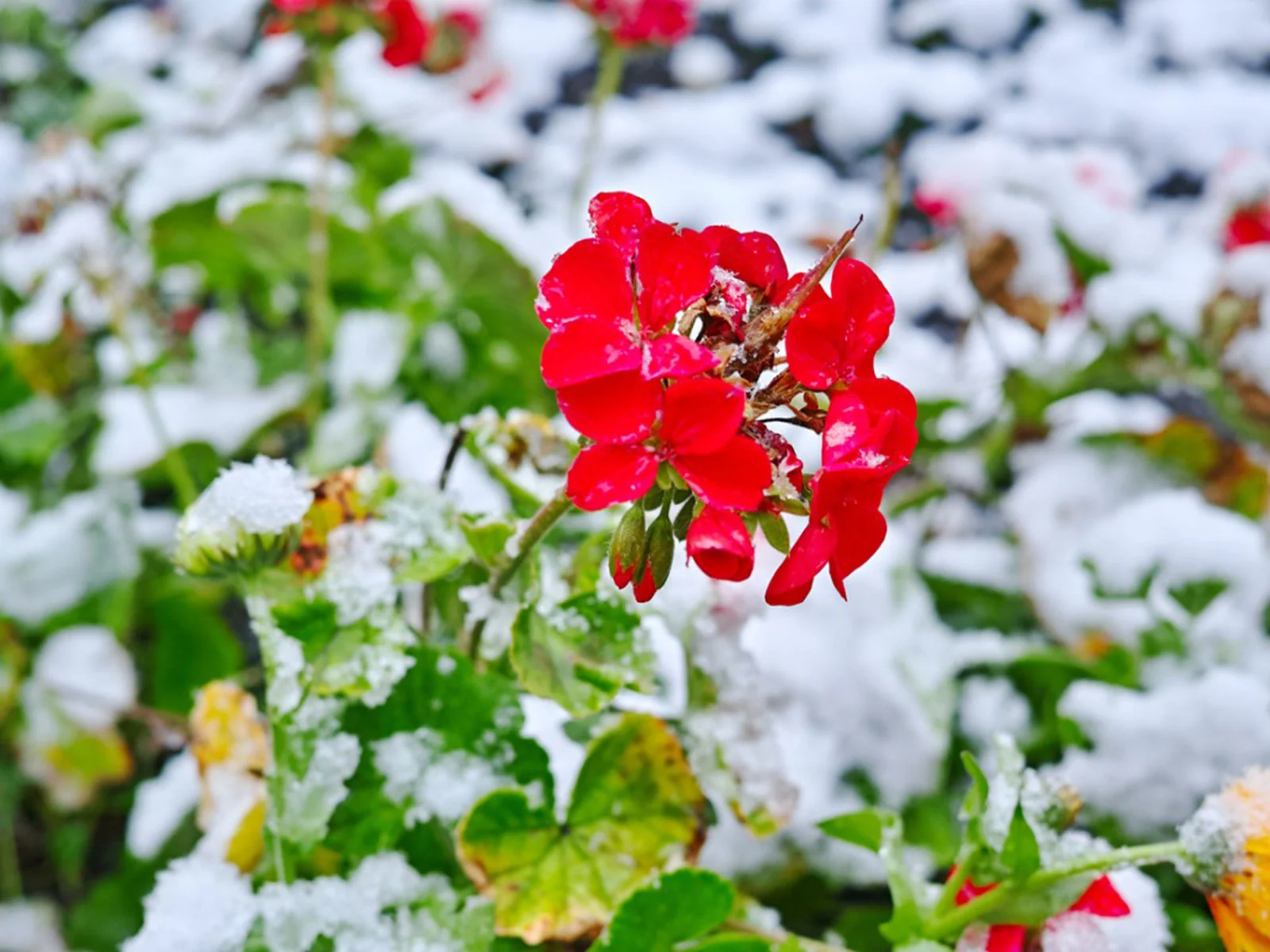

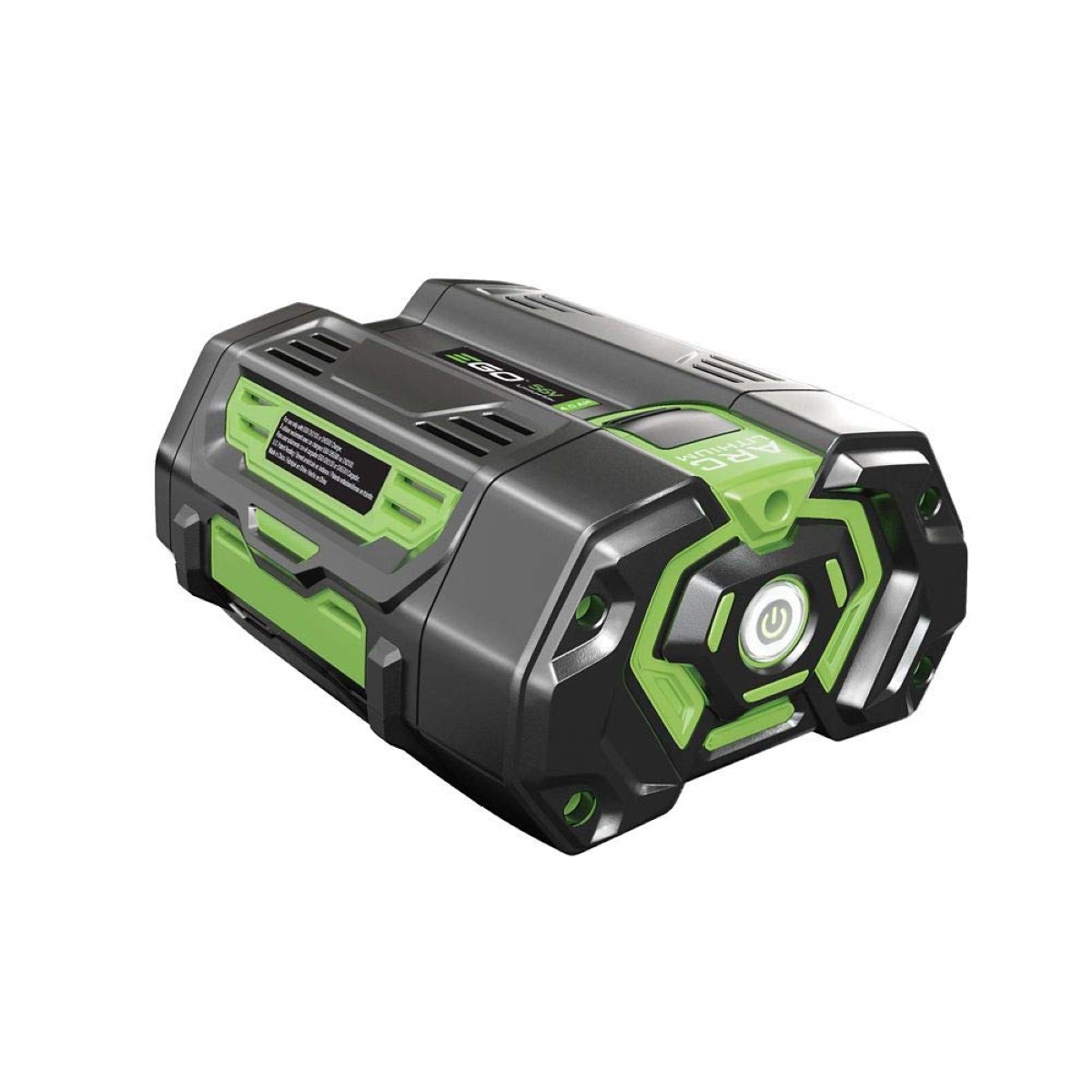
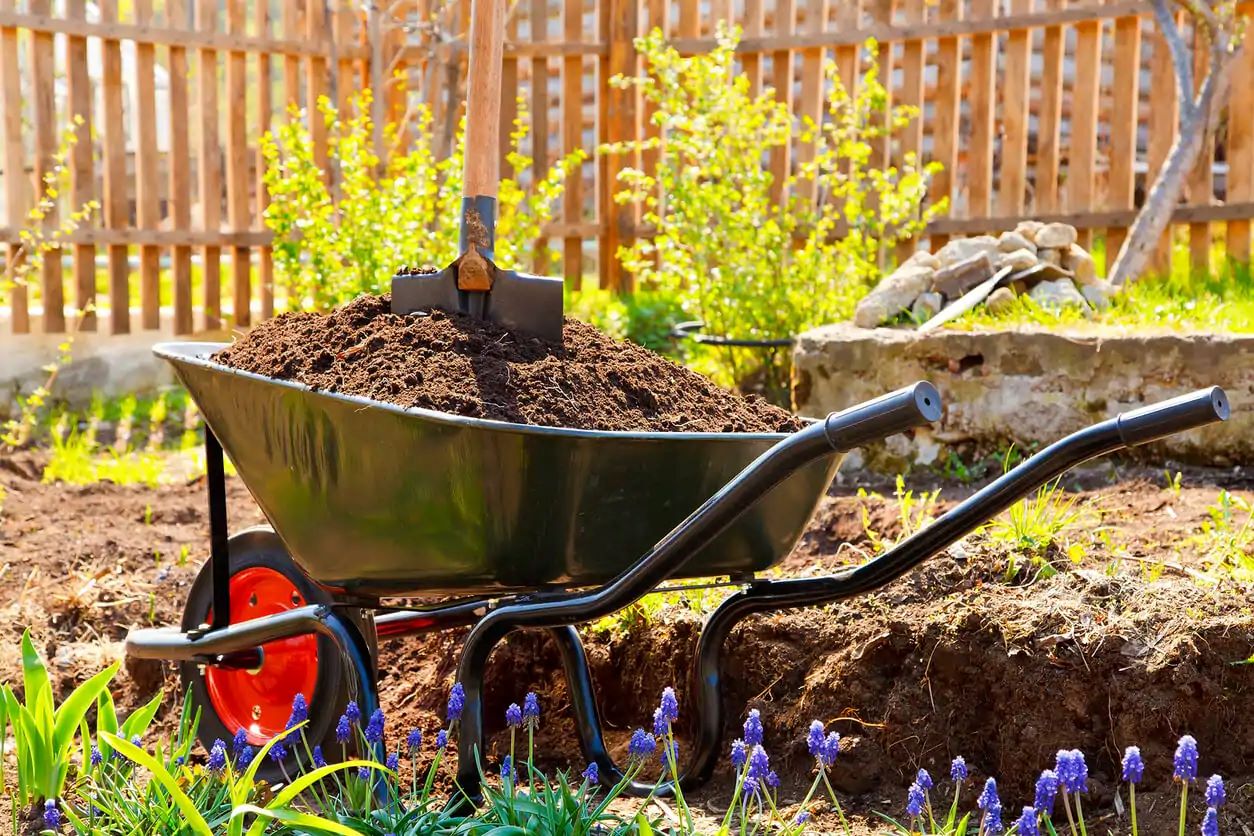
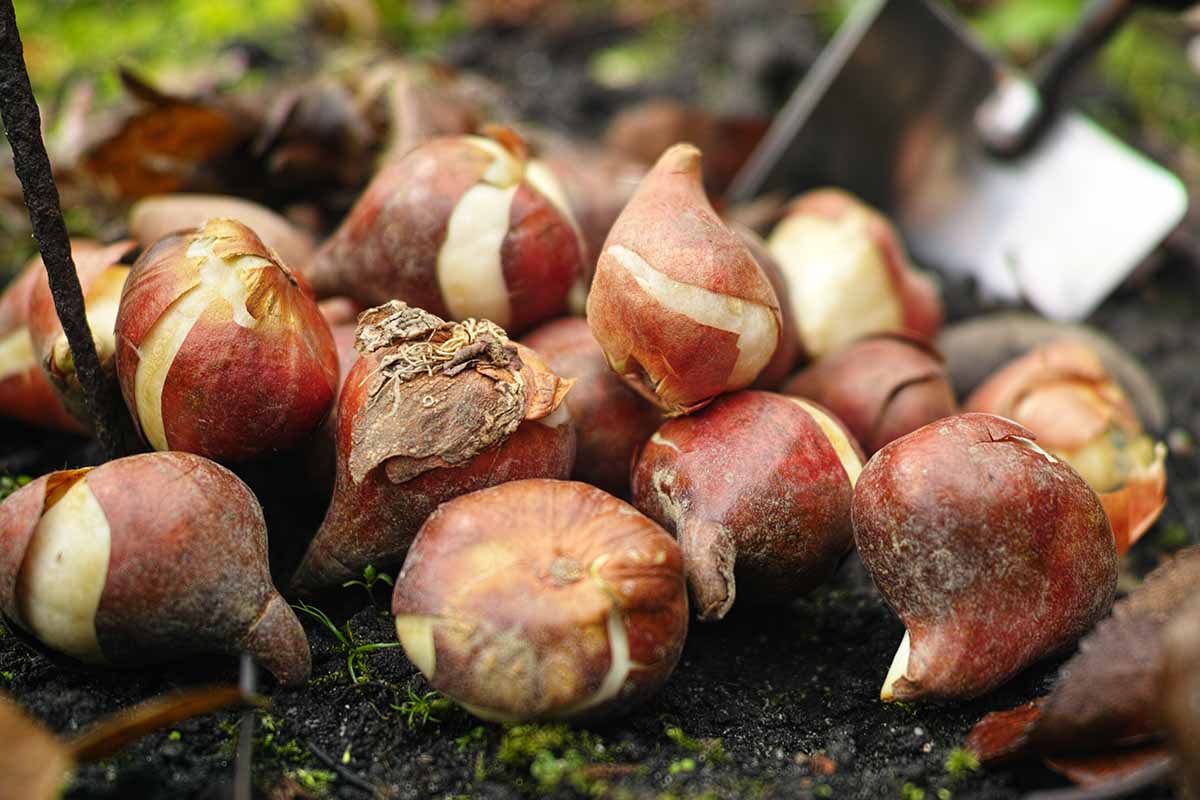

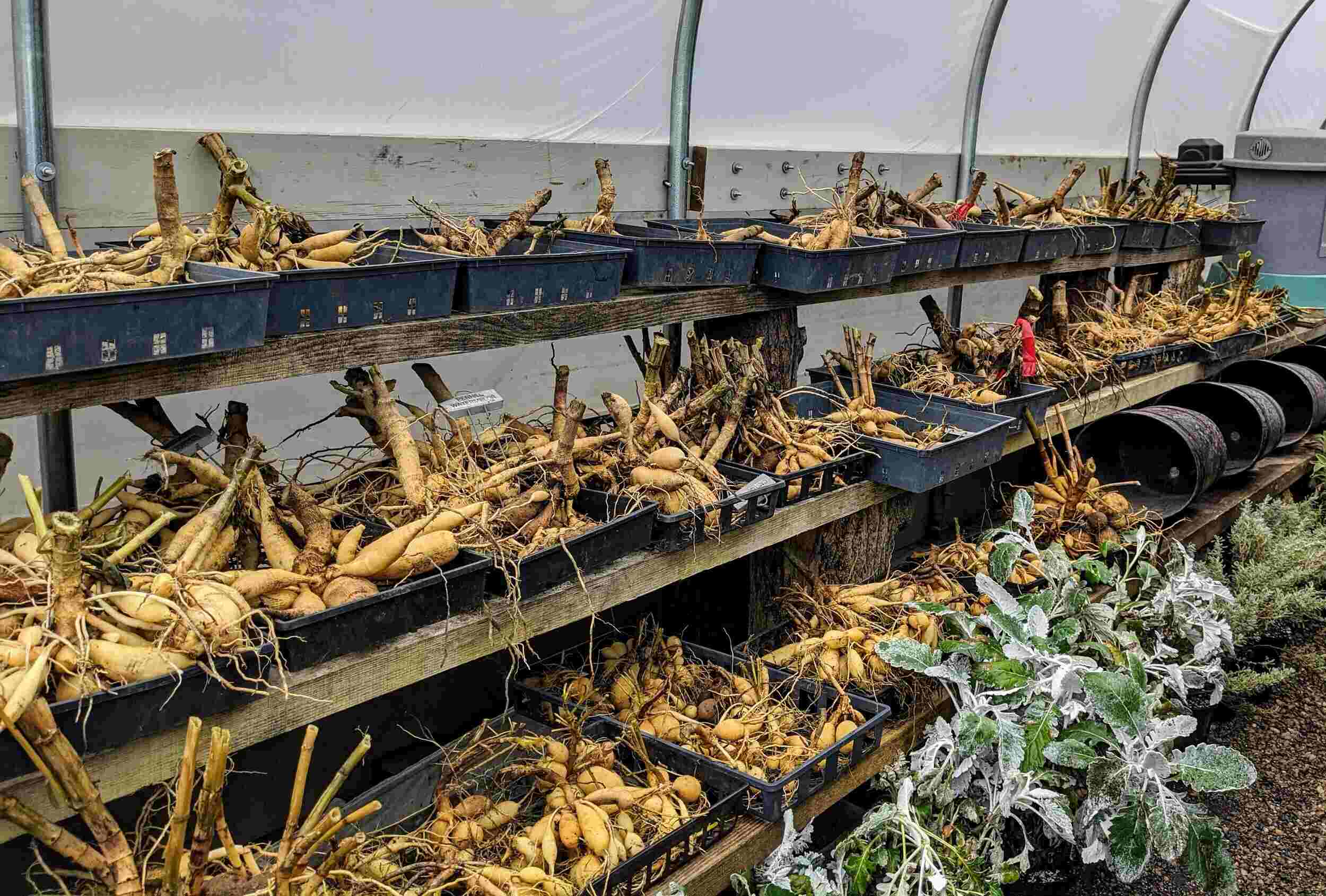
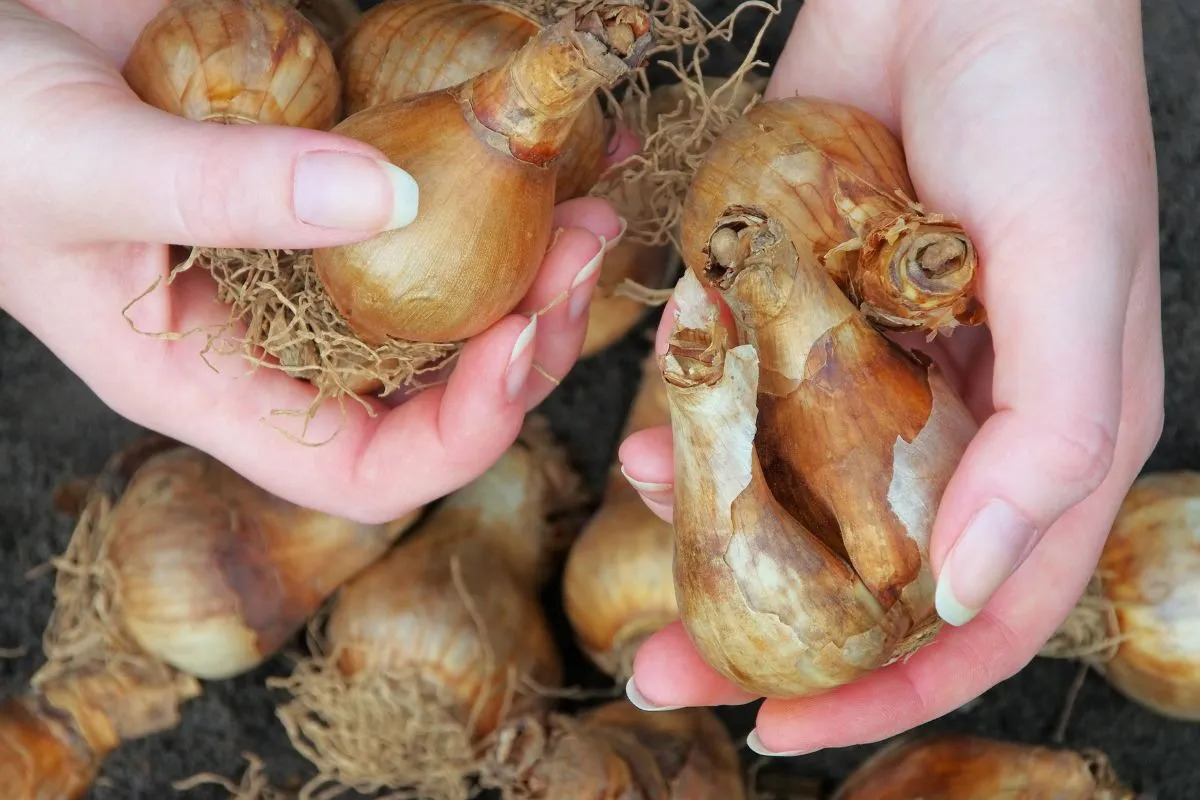
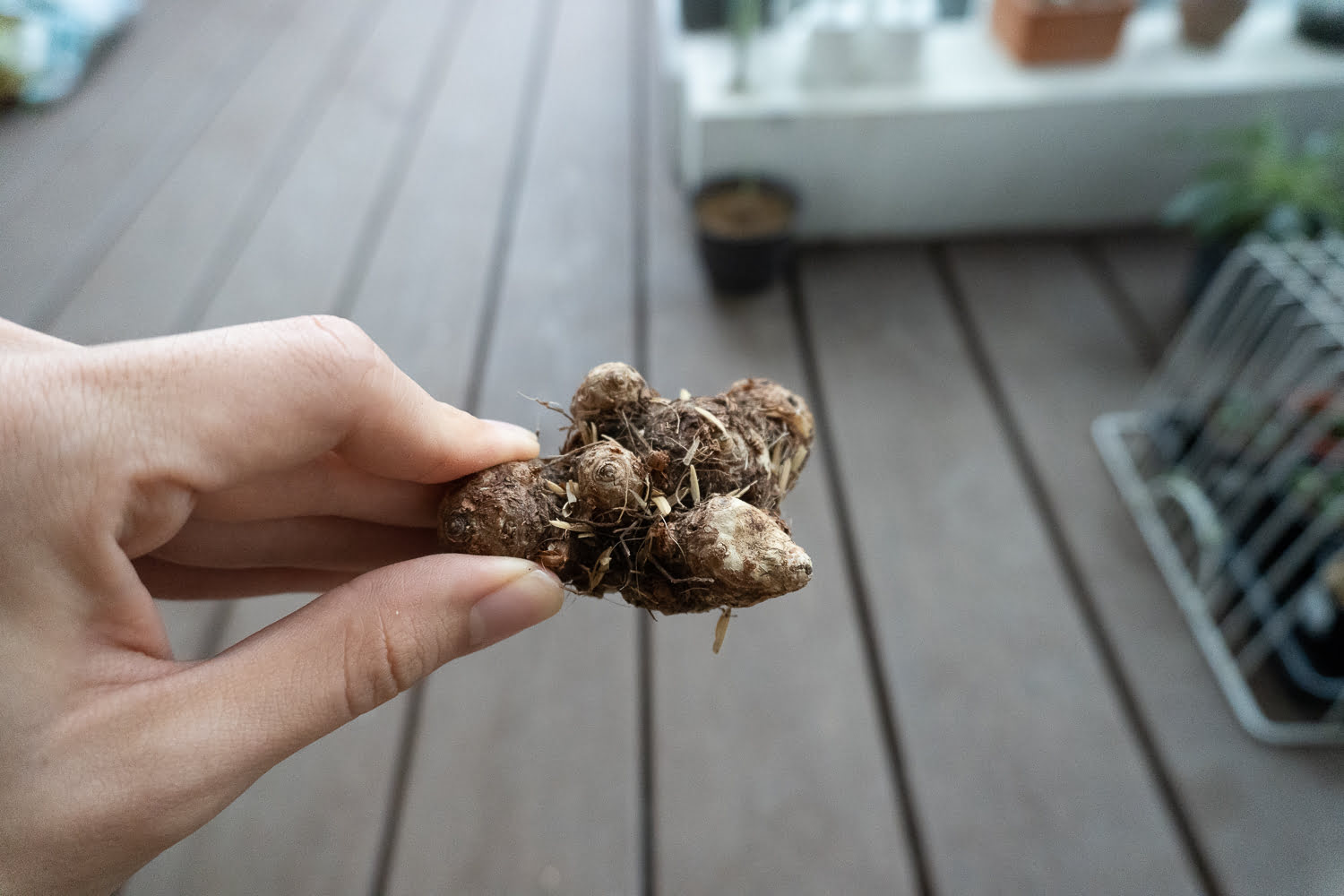

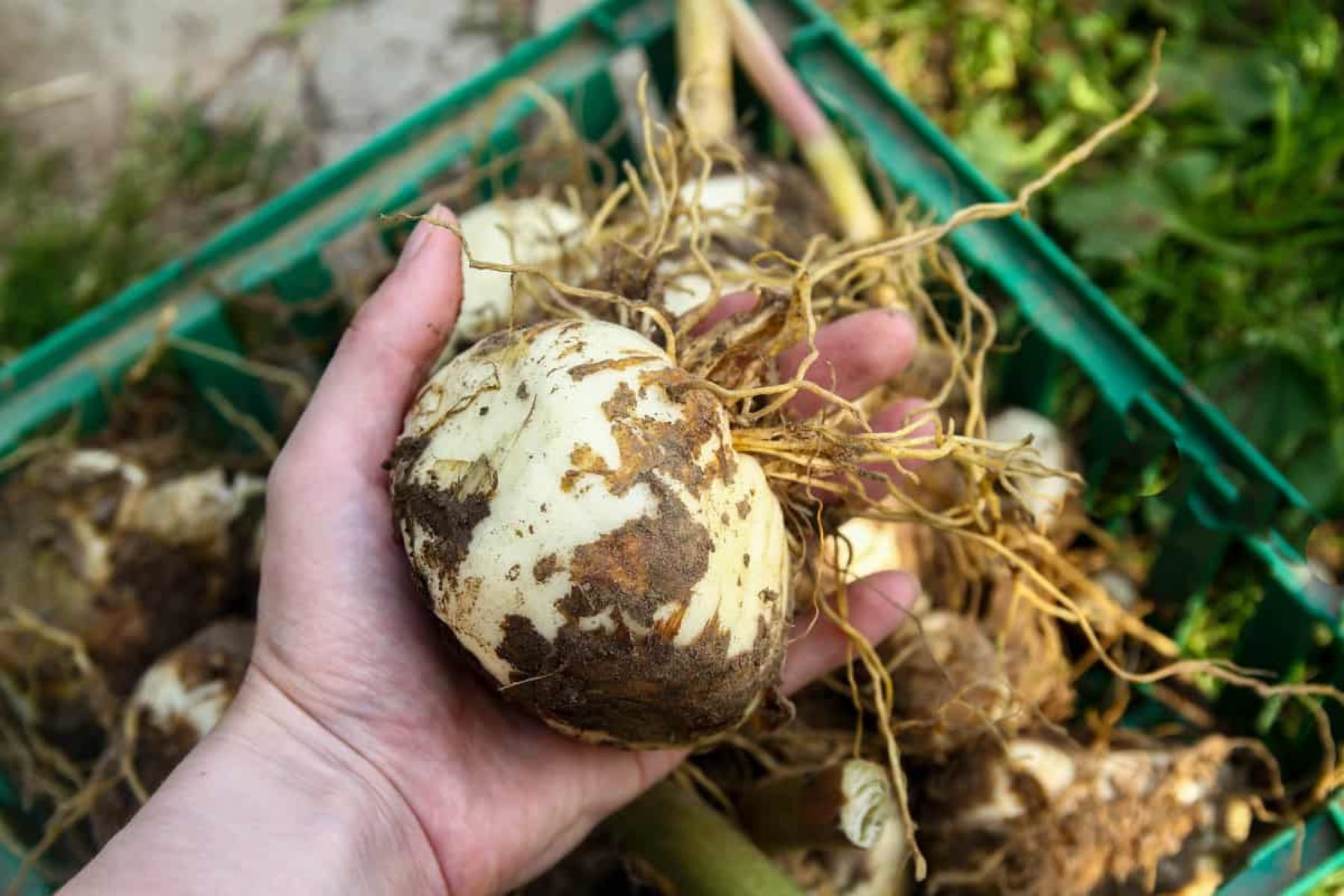
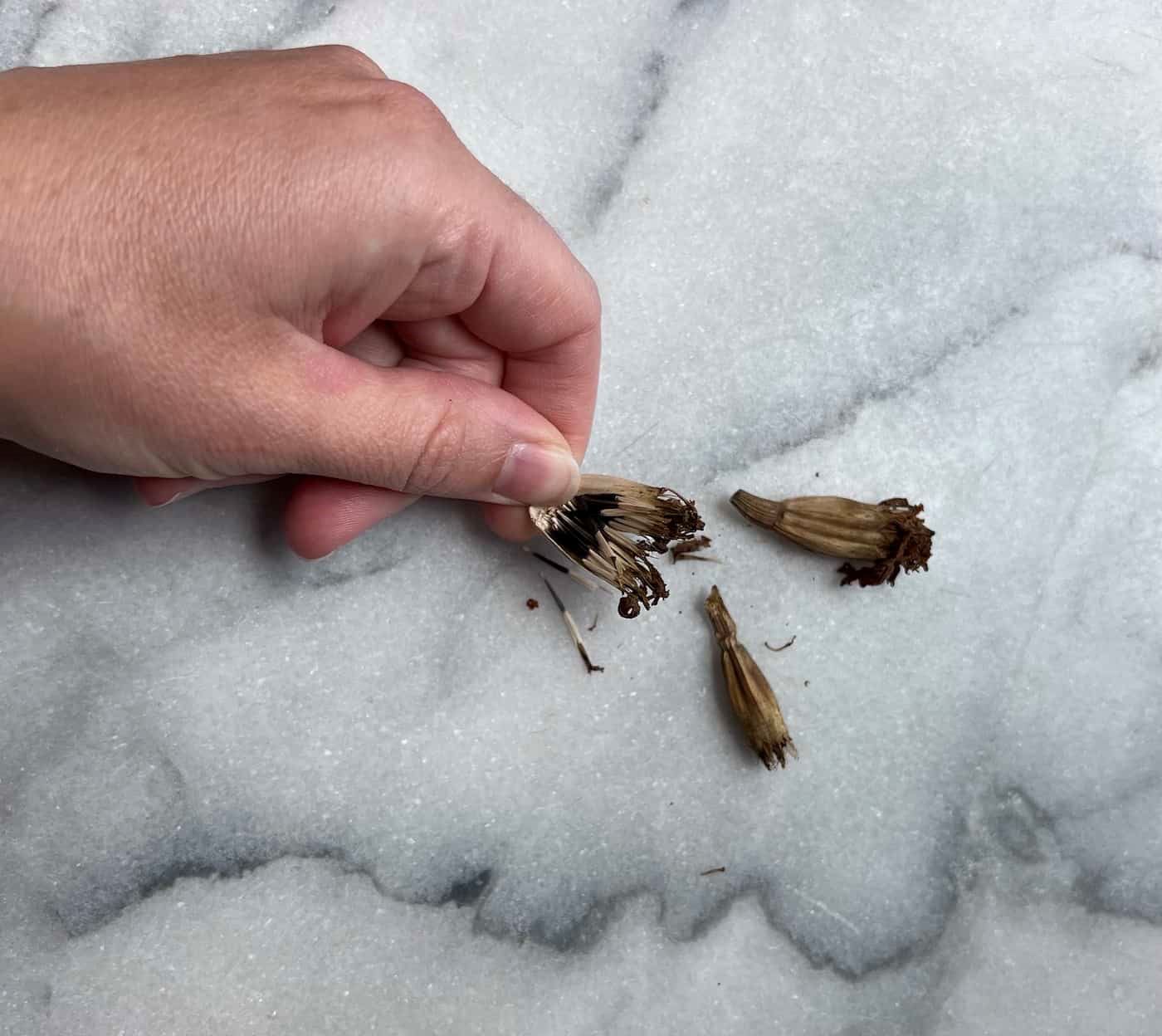

0 thoughts on “How To Store Grass Seed Over Winter”